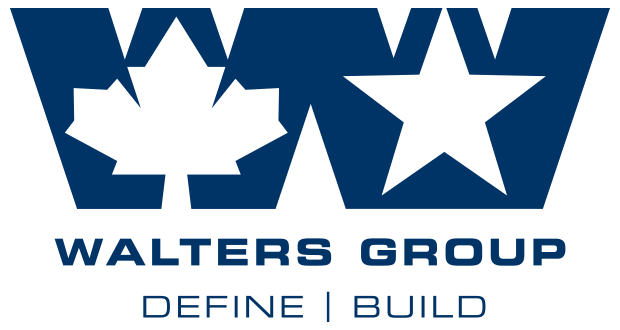In your relentless pursuit for success, you’ll need to elevate project management, integrate innovative technologies to drive efficiencies and uncover cost savings that don’t compromise quality. Our team can create these successes with you. Efficiency drives productivity but it isn’t just about speed and quality, it’s how you revolutionize your work for the future.
“Labor is the most important commodity we have in the industry right now, but it is also one of our biggest challenges. We must focus on making sure we are creating working environments that will attract and retain talent.“
“The construction industry has fallen behind in terms of innovation in some areas. We must invest in preparing our organizational processes to take advantage of the advances being made.”
“Some of these cost increases are making projects too expensive. We’re feeling the pressure and some projects are getting deferred or cancelled. We have to be creative and find alternative solutions.”
“With the rapid rise in inflation, the cost of running a property management business becomes exponentially more expensive, materials are harder to acquire and reliable vendors are difficult to find. We need to be able to find ways to cut costs.”
“Supply chain problems are affecting all aspects of our construction projects. We have to be more diligent to ensure all items are being ordered and tracked. Those who are able to adapt quickly to supply chain challenges are doing a much better job meeting deadlines and ensuring quality remains at the forefront.”
Our construction experience and discipline ensures that we focus on building you a solid foundation for value generation in your Construction & Real Estate practices that is sustainable because of our collaborative approach of solving key challenges together.
Our blended methodology includes a unique approach to Lean Six Sigma design, a dedication to client education, and expert Integrated Systems Engineering. This allows us to architect better models for Strategy, People, Process, and Technology, so you can successfully execute stronger performance for your business from the top-down and bottom-up.
Explore our core Construction & Real Estate services to learn more
Contractors who invest in new technologies are able to operate more efficiently and gain a competitive edge. These include making use of computer automated design, building information modeling, project costing and other management technologies. The adoption of new technologies and innovations, such as building information modelling (BIM) and virtual reality, is helping to improve efficiency, reduce waste, and enhance the safety and quality of construction projects.





